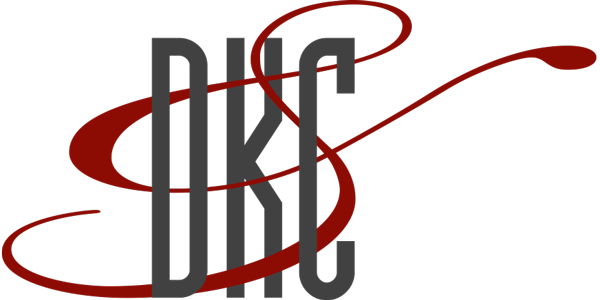California Retirement Plan Mandate
As of September 29, 2016, the California legislature passed Senate Bill 1234 mandating employers to provide retirement plans for their California employees. The implementation of this legislation has been staged over three years and is now requiring employers with five or more employees as of July 1, 2022 to provide a retirement plan for their employees.
Beginning July 1, 2022, employers with five or more California employees (over 18 years of age, full-time or part-time) will be required by State law to sponsor a retirement plan for their employees or face penalties. Employers must either establish a qualified retirement plan such as a 401(k), SEP IRA or SIMPLE IRA or as a default, register in the CalSavers program. If employers do not comply with this mandate by June 30, 2022, penalties will be assessed initially at $250 per eligible employee and increase to $750 per eligible employee depending on the days of non-compliance after receiving notice.
According to the literature, CalSavers is California’s retirement savings program for private sector workers, and described as an affordable way to enable employers to automatically assist eligible employees to contribute to a Roth IRA as well as comply with the California retirement plan mandate. If the CalSavers alternative is chosen or required, all eligible employees must be automatically enrolled in the plan within 30 days unless they choose to opt out. Once eligible employees are enrolled, 5% of their gross pay will automatically be contributed to their CalSavers account up the allowable contribution limit for each tax year. Employees can adjust their contribution rate at any time. As with any retirement plan, employers will still be responsible for the ongoing administration and processing of the employee’s contribution through salary deferrals with the payroll company.
However, it is important to note that employees must understand their personal income situation to determine if their income level is too high and as a result they are not allowed to contribute to a Roth IRA. In this situation, they must opt out of the CalSavers program if they do not qualify to contribute to a Roth IRA due to their income levels.
Employers should establish a retirement plan that is right for their business and employees. Employers may want to offer traditional plans, like a 401(K), SEP IRA or SIMPLE IRA instead of CalSavers. Below are some of the key differences between a 401(k) Plan and the CalSavers program for the 2022 tax year:
| 401(K) | CalSavers | |
| Employee Salary Deferral Contribution Limits | $20,500 | $6,000 |
| Catch-up Contributions (age 50+) | $6,500 | $1,000 |
| Pre-Tax Contributions | Yes | No |
| Roth (After-Tax Contributions) | Yes (Allowed) | Yes |
| Employer Contributions | Yes (Optional) | No |
| Investment Options | Broad Selection | Limited Selection |
| Loan Options | Yes | No |
| Tax Credits for Opening New Plan | Yes | No |
| Income limitations | No | Yes |
Employers who already sponsor a retirement plan or have less than five California employees are exempt from registering in the CalSavers program. Although exempt, such employers may have received an e-mail or letter in the mail from CalSavers requiring you to register in the program by June 30, 2022. If you are exempt from this mandate and received a notice from CalSavers, you must report your exemption status online at https://employer.calsavers.com/.
More information about the CalSavers program and the registration instructions are available through their website at https://www.calsavers.com/.
Please reach out to your DKC representative if you have questions regarding the California retirement plan mandate or would like to discuss which retirement plan may be best for you.



